|
This week in our creative play classes for babies and toddlers, we played with many different circus-themed activities around "balance". We balanced objects, our bodies, and did partner balancing tricks (babies in the air!). Even though I'm not a circus-performer myself, I love leading circus-themed workshops for any age group because it is so different from the ways that we typically behave. We ask our bodies to do tricks and feats that we don't normally do on a daily basis - like bouncing a balloon on your head. We also interact with one another in very different ways, setting up challenges, giving loud cheers for silly acts. Demanding applause with a boisterous "Ta Da!!!"
These workshops are especially rewarding, though, when there are parents/caregivers working together with young people. We don't just ask the adults to watch and support, we ask them to fully participate and even lead. Some children need to watch a familiar adult model a new activity first before they are willing to give it a shot. This is true for balancing on one foot, but also for general silliness. It is so exciting and inspiring to watch moms, dads, grandparents, and babysitters shedding their serious, responsible role for 45 minutes, donning a red clown nose, and doing what it takes to get a big laugh from their baby. When children see us being silly and taking risks, several important things happen. Firstly, they sense a permission for them to take risks and try new things. Children need to see that the adults in their lives are in control of their surroundings, but they also love to see us try something new and even fail. This begins to teach them the important lesson of resilience and determination. Even more importantly, though, when children see adults acting silly, it expands their perception of the world. "Mama is not just this, she is also THAT." It encourages the development of empathy, but it also sparks delight, surprise, and curiosity. If grandpa can be silly, be childlike, and balance on top of a big yoga ball, then who knows what else is possible! This is one of the greatest delights I have in inter-generational learning, particularly with something as silly as circus. We can help each other learn in new ways, but both children and their adult companions have a chance to be surprised and delighted by what the other is capable of!
2 Comments
We began our first workshop performances of Under the Tree in Port Chester this last weekend. In honor of this performance, I wanted to share some of our thoughts about creating interactive theatre with very young (ages 0-5) audiences. We have to consider many, many things, and here are a few that we spent a lot of time thinking about while crafting this uniquely interactive show.
It has been a great development phase for this play and we are learning so much from every audience we have join us "under the tree." I look forward to sharing more about our development in the future and producing this show in Brooklyn in June! Today's creative play theme is "sound." We love exploring ways to turn familiar objects into something magical by using our imaginations. You can do this while investivgating sounds by turning household objects into musical instruments. Even your pre-crawling baby can turn a stool into a drum, a pot into a tambourine, and a cardboard tube into a trumpet. Take your small one on a search through the house and find creative objects that you can bang on, scratch, blow into, or shake and discover new noises in your house.
If you're looking for an extra challenge with your preschooler, start to talk about HOW the noises are being made. Is your new invention a percussion instrument or a wind instrument? Try drumming on three different sizes pots and discover the relationship between the size of an instrument and the sound that it makes. If your child loves sounds and music, hunt down some YouTube clips of various instruments, or better yet invite yourself over to a musician-friend's house and let the kids see instruments in action! Nothing inspires a young musician by seeing music performed in front of them! Guitars are very common, but search around your community for other instruments your children can see live and then try to make one of your own at home! Recent rain and sunshine means we are starting to see more and more colors around the city. Color identification is one of the main concepts being mastered by toddlers and preschoolers and springtime is a great excuse to reinforce these concepts. Here are some fun and familiar creative play activities that will focus your child's mind and eyes on the emerging colors in the world around them:
|
Authors
Lauren Jost, Director Archives
December 2017
Categories |

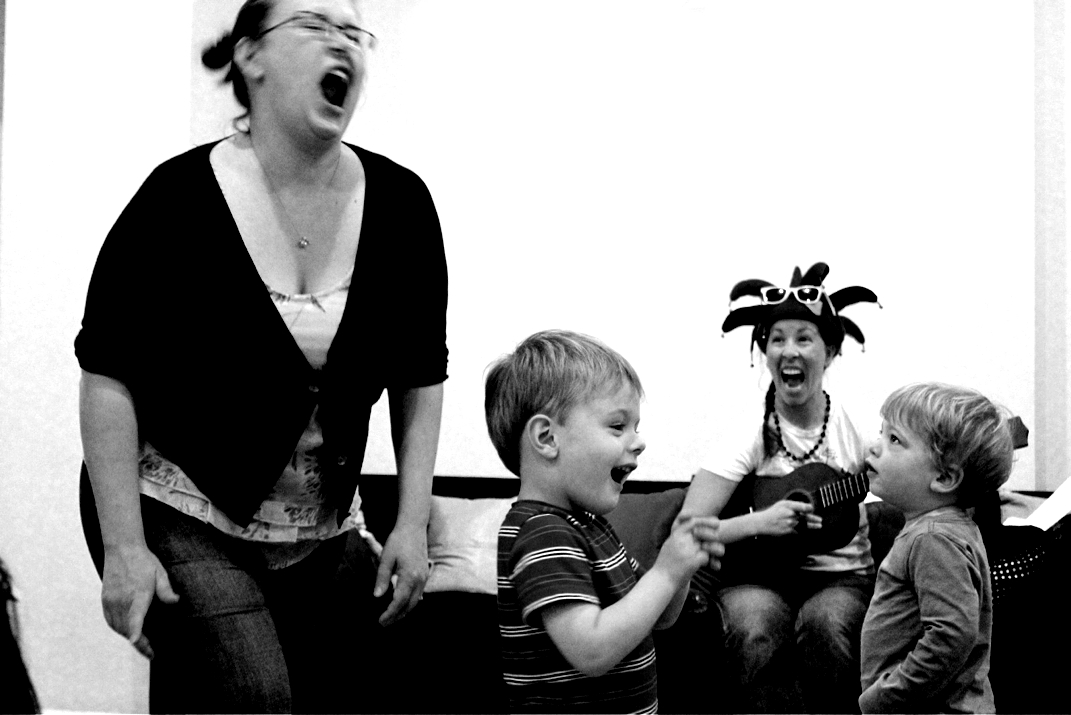
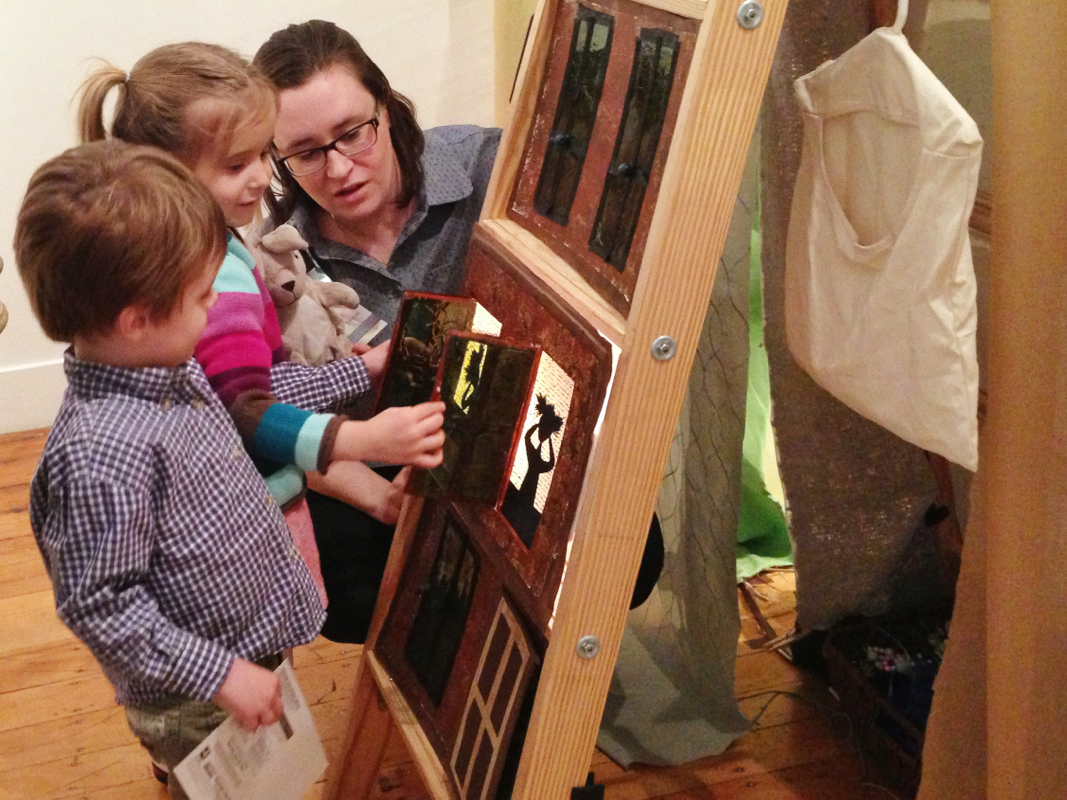
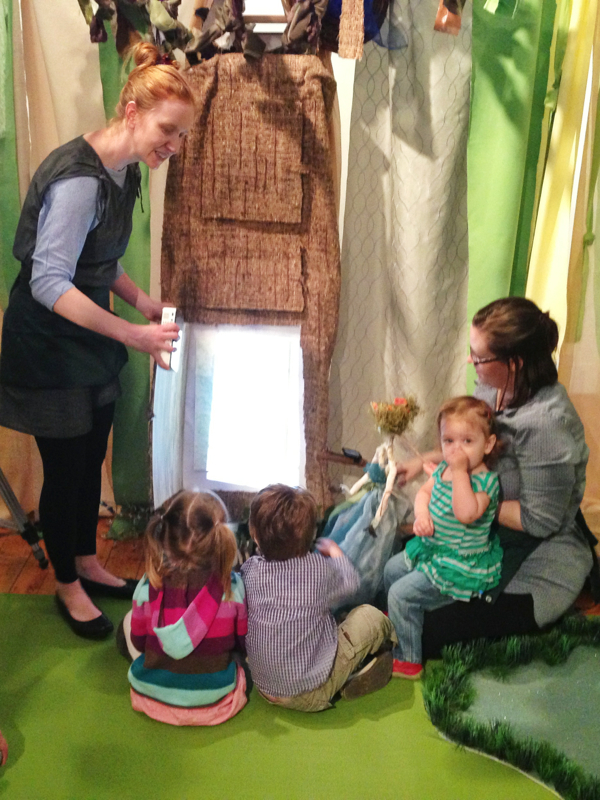
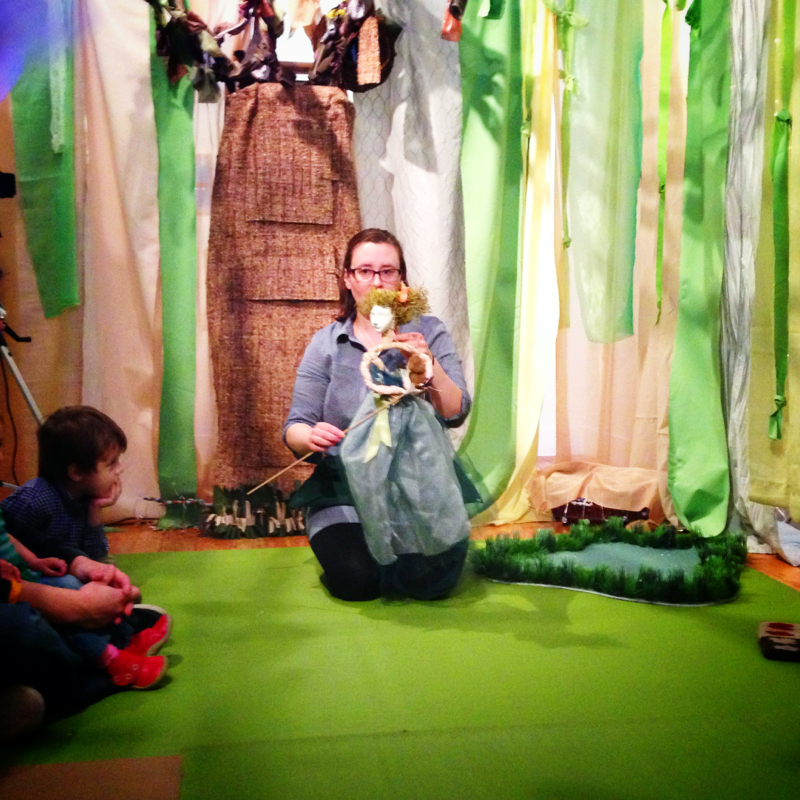
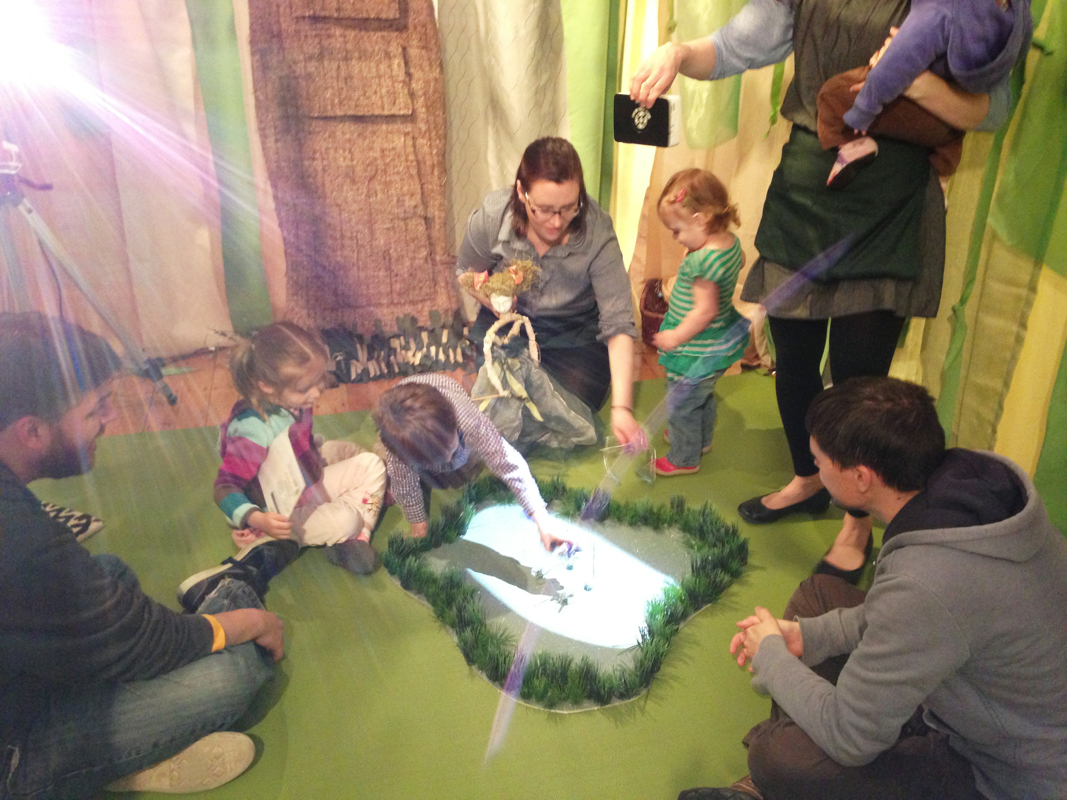
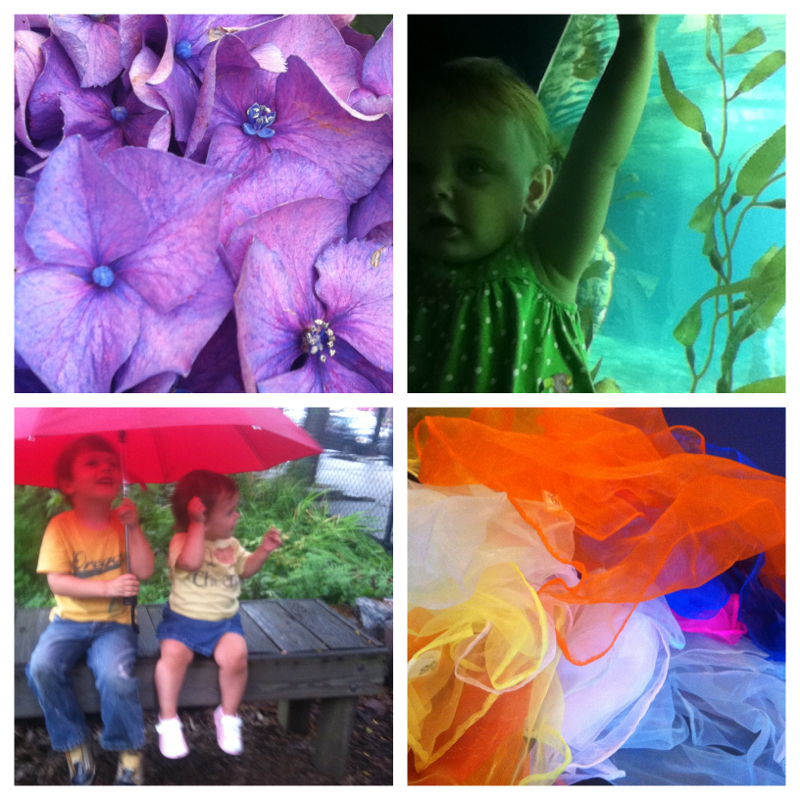
 RSS Feed
RSS Feed